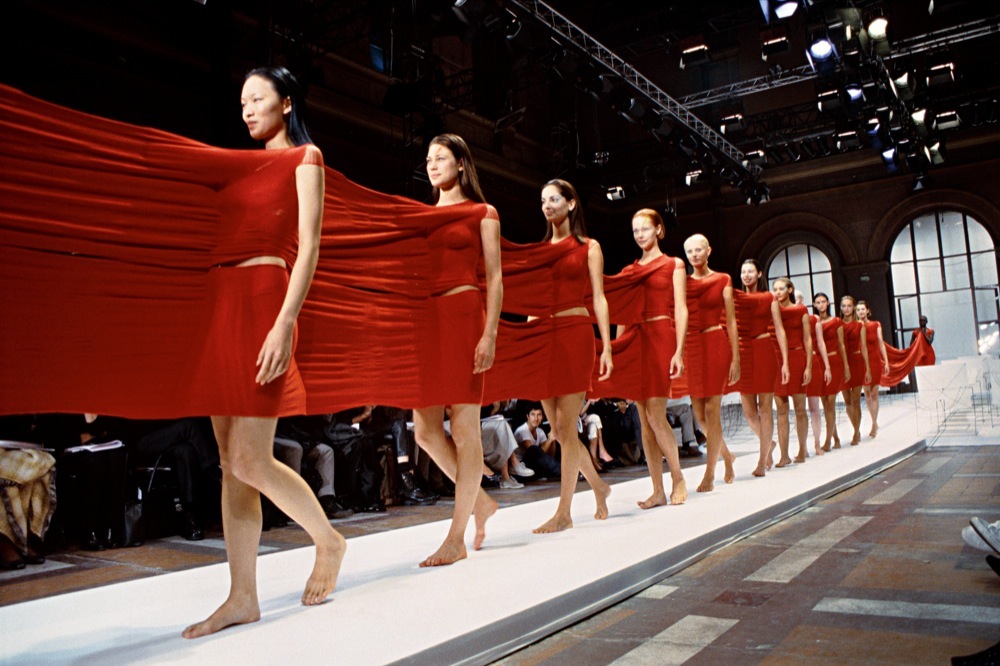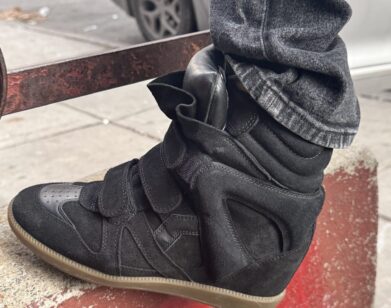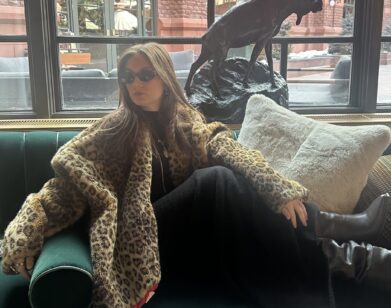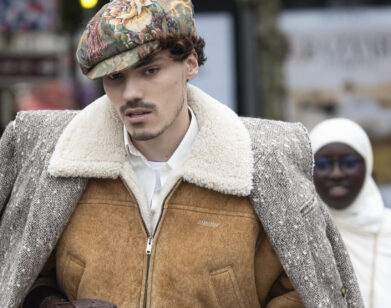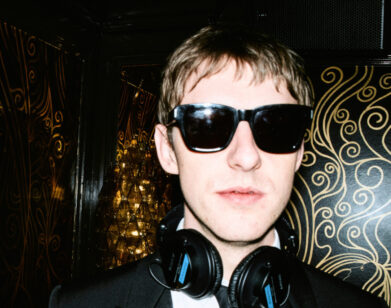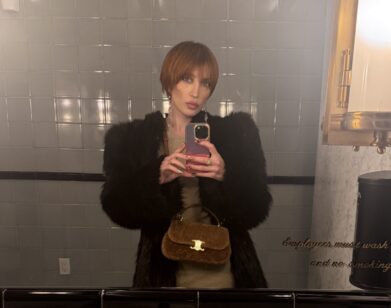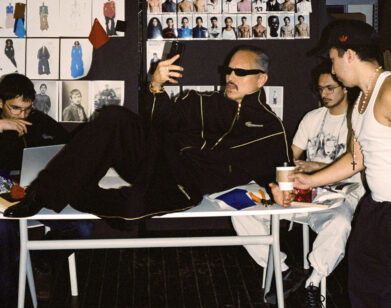RUNWAY
In the new voyeuristic photography book Runway: The Spectacle of Fashion (Rizzoli), writer and longtime magazine editor Alix Browne describes the fashion show as a designer’s “moment of truth”: a coherent, creative act that, Browne writes, “separates those who have something compelling to say—about women, about men, about the world—from those who make nice things for people to wear.”
Runway is a visual anthology of 99 of those telling moments and their lasting impressions, most of which Browne personally witnessed, over the past 20-plus years. Setting it apart from other fashion tomes, Browne’s book looks at the phenomenon of the fashion show as an ephemeral, multisensory experience that moves beyond mere brand marketing and into the realms of performance art. The book opens with Isaac Mizrahi’s fall 1994 show, which cleverly revealed all the frantic backstage action through a semi-transparent scrim (readers might remember that show as the culminating act of the documentary Unzipped). And it concludes with Givenchy’s haunting spring 2016 “9/11” show, which took place on a NYC pier as lights memorializing the Twin Towers loomed in the background. Aside from those chronological anchors, everything in between (innovative works by visionary designers including Martin Margiela, Imitation of Christ, and Raf Simons) follows Browne’s improvisational associations and themes. Take, for example, Kanye West’s Yeezy debut (fall 2015), featuring a nude-clad army standing in formation, which is followed up by Thom Browne’s fall 2009 menswear show, a scene of 40 identically dressed models tapping away at typewriters; after that comes Hussein Chalayan’s “Between” collection (spring 1998), with its row of models draped in black burka-style clothes. In this arrangement, Browne showcases each respective designer’s version of conformity and fashion as a form of identity erasure.
Of course, we all love the sleek, high-production spectacles, like Karl Lagerfeld’s transportive stagings for Chanel. But Browne also zeroes in on emotionally discomfiting experiences, such as Alexander McQueen’s spring 2001 show, in which audience members were forced to stare at their own reflections for a paranoia-inducing amount of time, as much as feel-good moments like Viktor & Rolf’s ensemble tap dancing performance that same season. “I always experienced fashion shows as shows, as fully immersive experiences,” says Browne. “There are designers represented in this book that I think people would consider as artists if their medium weren’t clothing.”
And while digital technology has changed the way we view and share fashion, especially from afar, Browne makes a case for taking in more than just the clothes via live stream. There’s the mood, the atmosphere, the energy, and designer’s intent to consider, too. And yet, therein lies an inherent paradox of a book on epic runway moments—one that isn’t lost on Browne. “For some shows,” she concedes, “there really is no substitute for being there.” Nevertheless, Runway brings the reader as close as one can get to the front row.

